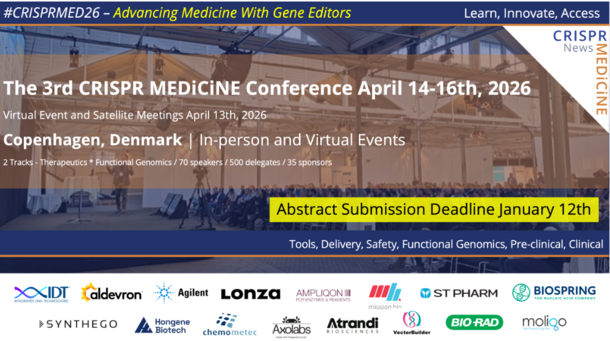Transthyretin amyloidosis is a slowly progressive condition characterized by the buildup of abnormal deposits of a protein called amyloid (amyloidosis) in the body's organs and tissues. These protein deposits most frequently occur in the peripheral nervous system, which is made up of nerves connecting the brain and spinal cord to muscles and sensory cells that detect sensations such as touch, pain, heat, and sound. Protein deposits in these nerves result in a loss of sensation in the extremities (peripheral neuropathy). The autonomic nervous system, which controls involuntary body functions such as blood pressure, heart rate, and digestion, may also be affected by amyloidosis. In some cases, the brain and spinal cord (central nervous system) are affected. Other areas of amyloidosis include the heart, kidneys, eyes, and gastrointestinal tract. The age at which symptoms begin to develop varies widely among individuals with this condition, and is typically between ages 20 and 70.
There are three major forms of transthyretin amyloidosis, which are distinguished by their symptoms and the body systems they affect.
The neuropathic form of transthyretin amyloidosis primarily affects the peripheral and autonomic nervous systems, resulting in peripheral neuropathy and difficulty controlling bodily functions. The leptomeningeal form of transthyretin amyloidosis primarily affects the central nervous system. The cardiac form of transthyretin amyloidosis affects the heart.
Mutations in the TTR gene cause transthyretin amyloidosis. The TTR gene provides instructions for producing a protein called transthyretin. Transthyretin transports vitamin A (retinol) and a hormone called thyroxine throughout the body. To transport retinol and thyroxine, four transthyretin proteins must be attached (bound) to each other to form a four-protein unit (tetramer). Transthyretin is produced primarily in the liver. A small amount of this protein is produced in an area of the brain called the choroid plexus and in the light-sensitive tissue that lines the back of the eye (the retina).
TTR gene mutations are thought to alter the structure of transthyretin, impairing its ability to bind to other transthyretin proteins and altering its normal function.
